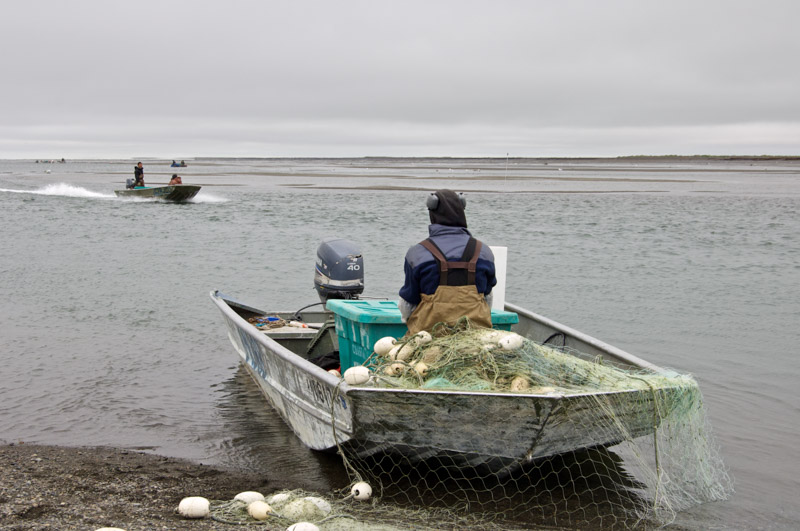
by Natalie Osborne | Apr 5, 2023
In this activity, students discuss how methods of fishing have changed, then play a game to explore the idea of sustainable fishing practice. They simulate fishery activity using increasingly sophisticated technology, in different ocean areas. As students progress through the fishing seasons, they will likely overfish their part of the ocean and will have to migrate to other places in the ocean to meet their basic needs.
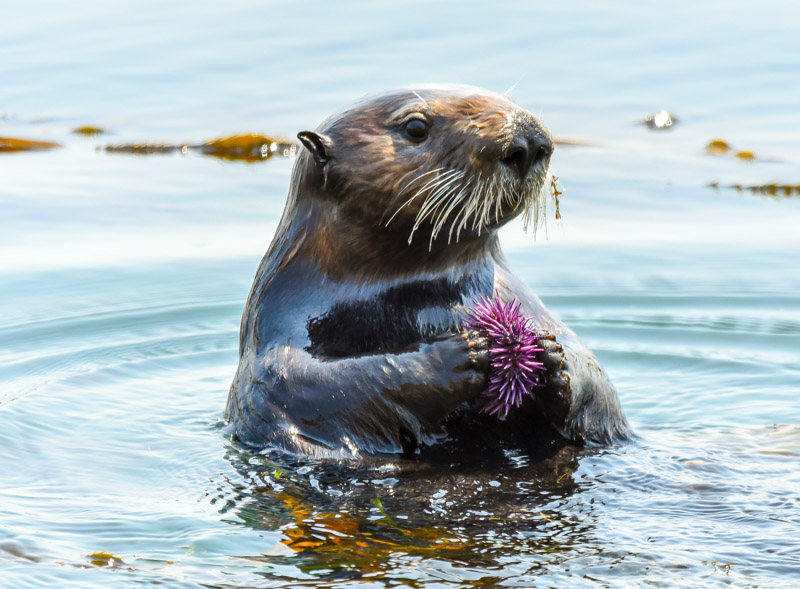
by Natalie Osborne | Apr 5, 2023
In this 4-5 day investigation, students examine hypotheses and evidence related to the causes of the sea otter decline. They narrow down the hypotheses to one, then play a food web game to help them better understand relationships in the kelp bed ecosystem, and predict the outcome of an experiment to test the killer whale predation hypothesis. They put together some of the big ideas about interactions in ecosystems to come up with plausible explanations for the sea otter mystery. Finally, they evaluate whether the hypothesis has been proven. They reflect on their learning by diagramming the sea otter’s food web and predicting what might happen if parts of the ecosystem changed.
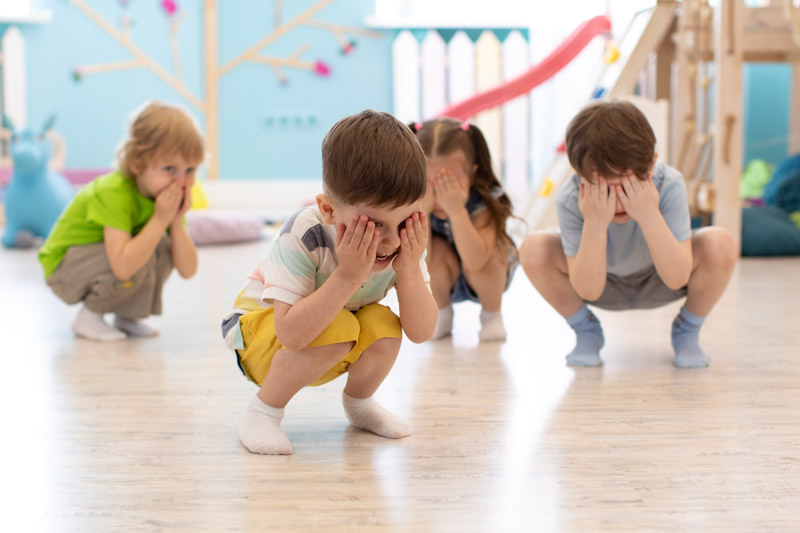
by Natalie Osborne | Apr 4, 2023
Children learn more about their special species and others as they explore life cycles and tide-related behaviors.
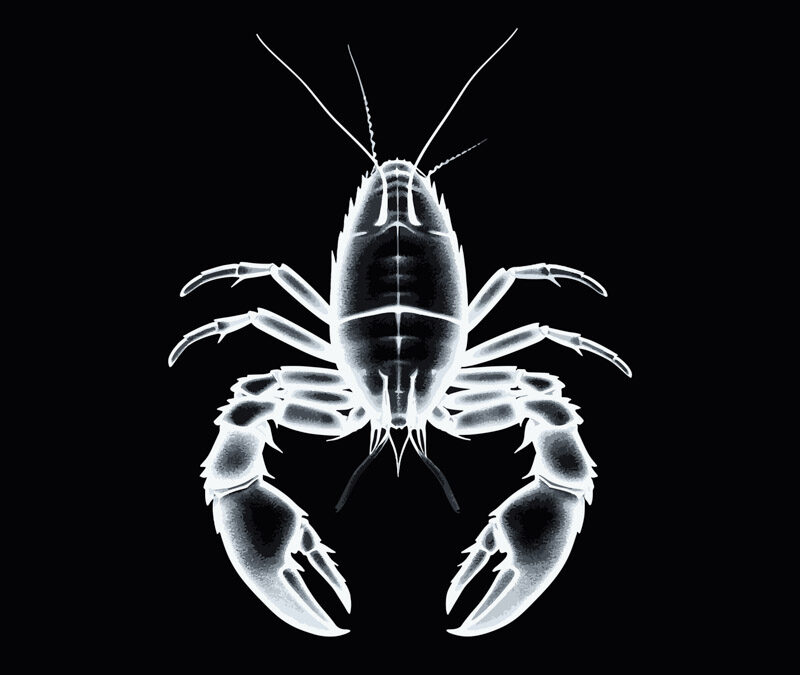
by Natalie Osborne | Apr 4, 2023
Changing Landscape asks students to analyze “repeat photographs” (taken from the same vantage point at different times) of Alaska glaciers to observe the effects of retreating glaciers on the landscape.
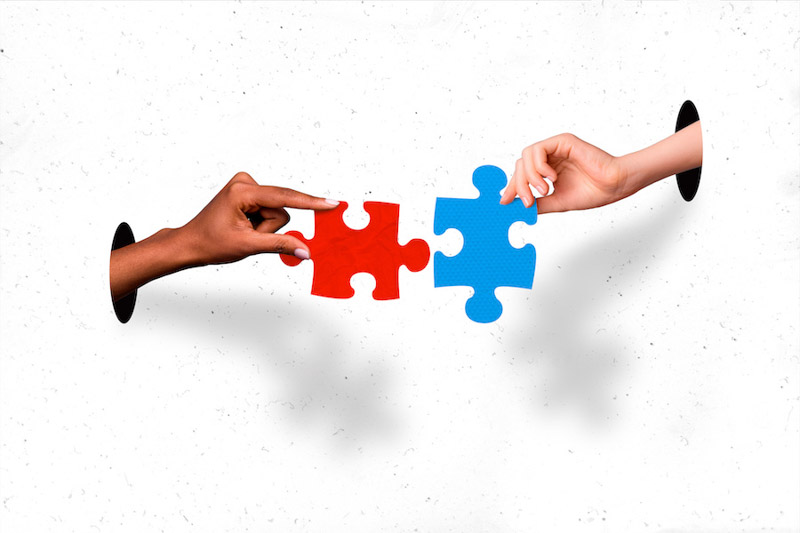
by Natalie Osborne | Apr 4, 2023
Children will assemble simple puzzles to learn more about aquatic animals and their life cycles. How do we know living and nonliving things are in the water around us? What do they look like when they are growing?





